Exploring the Wines of North Macedonia with Slow Wine - Slow Food International
Nestled in the heart of the Balkans, North macedonia is emerging as an unexpected gem in the world of wine. With a viticultural history that dates back over 2,000 years, this small yet significant country is increasingly drawing attention from connoisseurs adn casual drinkers alike. Amid the stunning landscapes of rolling vineyards and ancient winemaking traditions, Slow Food International has embarked on an initiative to showcase the region’s unique offerings through its ”slow Wine” project. This article delves into the rich tapestry of North Macedonian wines, exploring the indigenous grape varieties, innovative winemakers, and enduring practices that are defining the future of this vibrant wine culture. as we uncover the stories behind the bottles, we find that North Macedonia not only offers a diverse range of wines but also a compelling narrative that highlights its commitment to quality, tradition, and the preservation of local culinary heritage. join us as we navigate the intricate flavors and passionate craftsmanship that make North Macedonia a worthy destination for wine enthusiasts around the globe.
The rich History of Viniculture in North Macedonia
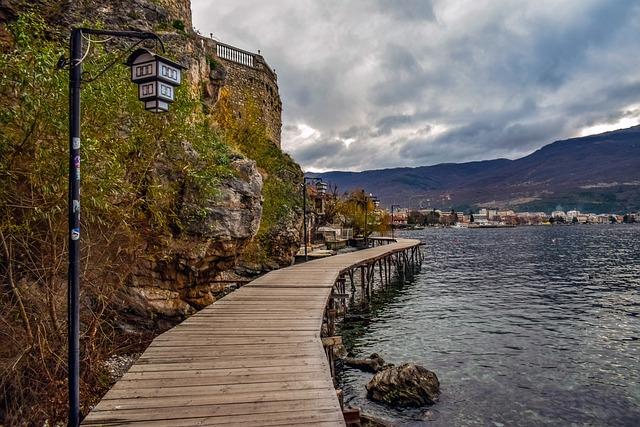
North Macedonia boasts a viniculture tradition that dates back over 2,000 years, deeply intertwined with the region’s cultural and historical landscape. It is celebrated for its unique grape varieties, many of which are indigenous and have adapted to the diverse climates and soils. The ancient cities like Skopje and Ohrid served as vital hubs where local wineries flourished and traded their extraordinary wines,establishing North Macedonia as a notable player in the mediterranean viticulture scene.
The country’s rich heritage is reflected in its long-standing winemaking practices, which emphasize sustainability and respect for the environment. Key aspects of Macedonian viniculture include:
- Unique Varietals: Indigenous grapes like Vranec and Kratošija create distinctive flavors, showcasing the region’s terroir.
- Modern Techniques: While rooted in tradition, many winemakers embrace modern techniques to enhance quality while preserving authenticity.
- Territorial Diversity: Varied microclimates, from the cooler regions of the Ohrid Lake to warmer valleys, allow for a wide range of wine styles.
| grape Variety | Type of Wine | Notes |
|---|---|---|
| Vranec | Red | Bold and rich, often with notes of dark fruit. |
| Kratošija | Red | Light and fruity, similar to Zinfandel. |
| Temjanika | White | Floral and aromatic, with a refreshing palate. |
Exploring Indigenous Grape Varieties Unique to the Region
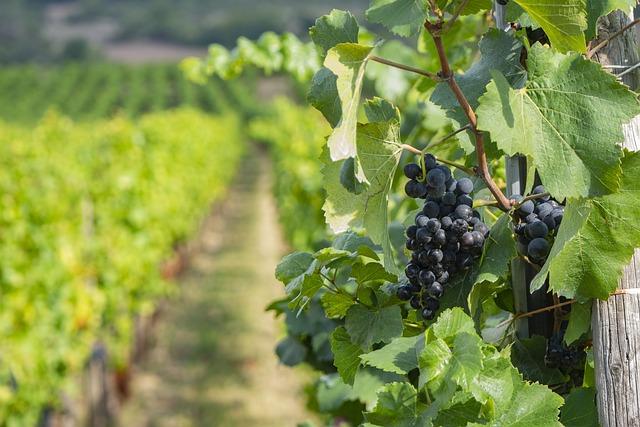
North Macedonia boasts a rich tapestry of indigenous grape varieties that tell the story of its terroir and winemaking traditions.Among the most noteworthy grapes are Vranec, Smederevka, and katarina, each offering a unique expression of the region’s climate and soil. Vranec, known for its deep color and bold flavor profiles, produces red wines that are full-bodied with dark berry notes and subtle spice. Meanwhile, Smederevka is a white grape that thrives in the sun-soaked valleys, yielding fresh, aromatic wines with lively acidity and hints of citrus and green apple. Lastly, Katarina, although lesser-known, provides a delightful character with floral and fruity nuances that complement the vibrant landscapes in which it flourishes. These grapes are not just ingredients; they embody the cultural heritage and craftsmanship of North Macedonian winemakers.
The preservation and festivity of these indigenous varietals are paramount to the Slow Food movement, which emphasizes sustainable practices and biodiversity. By promoting local grape varieties, wineries in North Macedonia are not only safeguarding their unique viticultural legacy but also contributing to the ecosystem of global wine culture. Consider the following factors when exploring these indigenous wines:
| Grape Variety | Color | Tasting Notes |
|---|---|---|
| Vranec | Red | Dark berries, spice, robust |
| Smederevka | white | Citrus, green apple, refreshing |
| katarina | White | Floral, fruity, vibrant |
Such dedication to indigenous varieties not only enhances local identity but also enriches wine enthusiasts’ experiences, providing a taste of North Macedonia’s storied past married with innovative future. As you sip on a glass of Vranec or enjoy a refreshing Smederevka, you are participating in a broader narrative that values diversity, tradition, and sustainability in winemaking.
Sustainable Winemaking Practices: The Slow Wine Approach
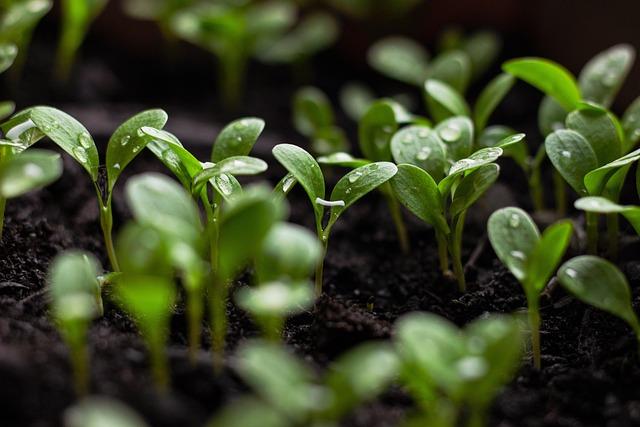
North Macedonia’s winemaking heritage is deeply intertwined with the local beliefs of sustainability, embodied in the Slow wine approach. This method emphasizes harmony with nature, prioritizing organic farming practices that restore the ecosystem rather than deplete it. Vineyards across the country are increasingly adopting techniques such as:
- Dry farming: Utilizing rainfall efficiently and nurturing soil health without synthetic irrigation.
- Organic viticulture: Rejecting pesticides and herbicides to promote biodiversity and healthier vines.
- Conventional methods: Employing hand-harvesting and minimal intervention in the cellar to honor the grapes’ inherent characteristics.
By embracing these principles, winemakers in North Macedonia not only elevate the quality of their wines but also forge a deep connection to their land and culture. The result is a portfolio of wines that tells the story of its origin, reflecting the unique terroir of this gorgeous region. Consider the following table that highlights some prominent sustainable wineries and their signature wines:
| Winery | Signature Wine | Sustainable Practice |
|---|---|---|
| skovin | Vranec | Organic farming |
| Chateau Kamnik | Chardonnay | Hand-harvested |
| Stobi Winery | Merlot | Dry farming |
Such initiatives not only contribute to environmental preservation but also enhance the wine-drinking experience, offering consumers a chance to savor the rich heritage and natural beauty of North Macedonia, one sip at a time.
Notable Wineries to Visit: A Guide for Wine Enthusiasts

North Macedonia, a hidden gem in the Balkans, boasts a rich viticultural heritage waiting to be uncovered. Among the notable wineries, Tikveš Winery stands out with its extensive history dating back to the 1885. This winery is renowned for its indigenous grape varieties such as Vranec and Smederevka. Visitors can enjoy guided tours that reveal the winemaking process while indulging in tastings of their award-winning wines. Another must-visit is Stobi Winery, located in the ancient city of the same name. Not only does Stobi produce exceptional wines along the lines of Chardonnay and Cabernet Sauvignon,but it also offers a unique glimpse into Roman heritage through its archaeological site. Don’t miss their stunning tasting room that overlooks the vineyards.
For those seeking a more intimate experience, consider visiting Popova Kula Winery, celebrated for its innovative approach and sustainable practices. The winery provides a cozy atmosphere where guests can enjoy carefully curated wine and food pairings that highlight local culinary delights. Additionally, Kovachevski Winery is worth exploring for its rustic charm and small-production wines, fostering a personal connection between visitors and the winemakers. Each winery presents a unique interpretation of North Macedonia’s terroir, making them indispensable stops for any wine enthusiast. Below is a fast overview of these prominent wineries:
| Winery | Location | Highlight |
|---|---|---|
| Tikveš winery | Kavadarci | Indigenous Grapes |
| Stobi Winery | Gradsko | Roman themed Experience |
| Popova Kula Winery | Negotino | Food Pairings |
| Kovachevski Winery | Bitola | Small-Batch Wines |
food Pairing Recommendations: Elevating the Experience
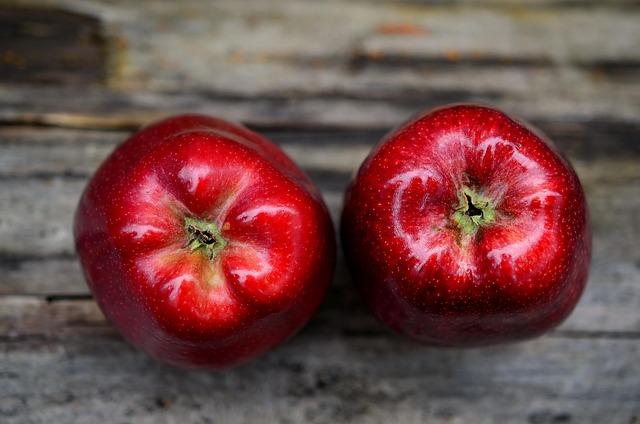
To truly savor the wines of North Macedonia, it’s essential to understand how to complement them with the right dishes. Vranec, a robust red wine, flourishes when paired with hearty meats and rich flavors. Consider the following pairings that enhance its bold character:
- Grilled lamb Chops: The savory depth of lamb beautifully matches the wine’s tannins.
- beef Stroganoff: The creaminess and umami of this dish create a delightful contrast.
- Spicy Red Sauces: the wine’s boldness can hold its own against zesty tomato-based dishes.
On the other hand, Žilavka, a crisp and aromatic white wine, pairs beautifully with lighter fare. The wine’s refreshing acidity complements various dishes that embody the essence of North Macedonian cuisine:
- Grilled Fish: Enhance the flavors of fresh catches with the wine’s citrus notes.
- Stuffed Peppers: The lightness of the wine balances the savory fillings.
- Pasta Primavera: The wine’s freshness lifts the vibrant flavors of seasonal vegetables.
| Wine | Dishes to Pair |
|---|---|
| Vranec | Grilled Lamb, Beef Stroganoff, Spicy Red Sauces |
| Žilavka | Grilled fish, Stuffed Peppers, Pasta Primavera |
The role of Slow Food in Promoting Local Wine Culture
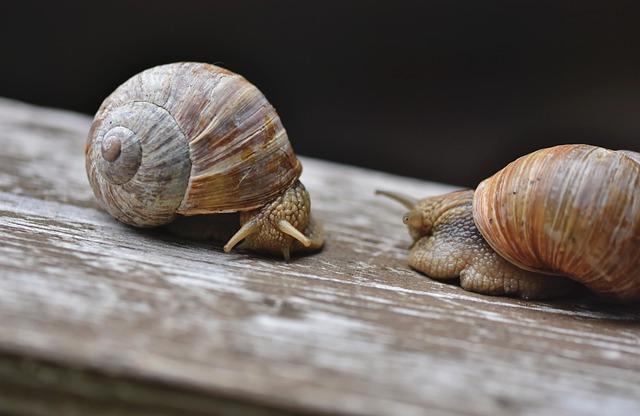
Slow Food plays a vital role in nurturing local wine culture by emphasizing the connection between wine, food, and the communities they originate from. In North Macedonia, this philosophy encourages a deep gratitude for indigenous grape varieties, traditional winemaking practices, and the unique terroir of the region.by promoting local wines through events, tastings, and educational initiatives, Slow Food fosters a sense of place and identity, helping consumers understand the story behind each bottle. This cultural stewardship not only uplifts local vintners but also advocates for sustainability and biodiversity within the wine industry.
Through initiatives like the Slow Wine Guide, connoisseurs are introduced to wines that reflect the authentic character of north Macedonia’s diverse landscapes. The guide highlights producers who prioritize ecological practices, cultural preservation, and community engagement. Visitors are encouraged to:
- Participate in vineyard tours that illustrate the traditional methods.
- Engage in tasting sessions featuring rare indigenous varietals.
- Enjoy food pairings that complement local wines,enhancing the culinary experience.
This holistic approach not only enriches the palate but also builds a support network for local artisans, ensuring the survival of historical practices in an ever-globalized market.
Key Takeaways
North Macedonia’s wine landscape offers a rich tapestry of flavors and traditions that reflect the country’s deep-rooted agricultural heritage and cultural diversity. The Slow Wine initiative, championed by Slow Food International, highlights not only the exceptional quality of Macedonian wines but also the commitment to sustainable and ethical viticulture practices. By choosing to support local producers who prioritize craftsmanship and environmental stewardship, wine enthusiasts can deepen their appreciation for this emerging region. As the world grows increasingly connected, North Macedonia stands poised to carve out its niche in the global wine market. Exploring its vineyards and tasting its unique varieties is not just an indulgence; it’s an invitation to engage with the story of a land where nature and culture blend harmoniously in every glass. As we raise our glasses to the future, let us celebrate the vibrant wines of North Macedonia — a testament to the rich potential of this remarkable region.


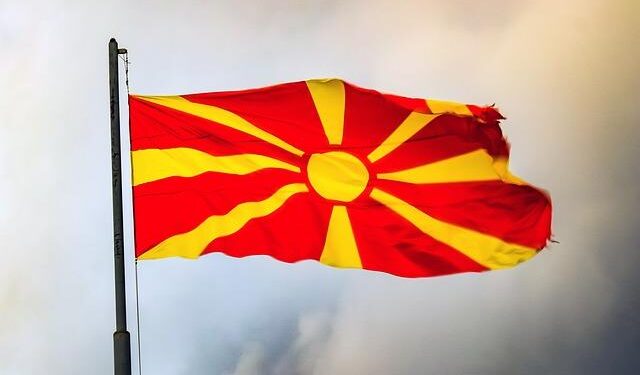
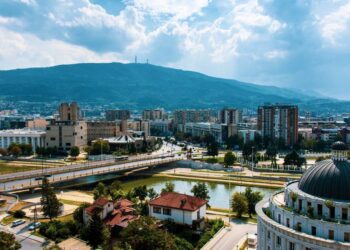

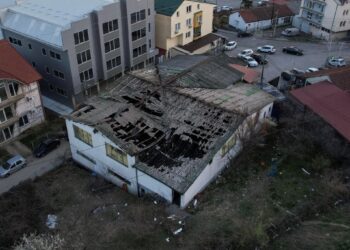

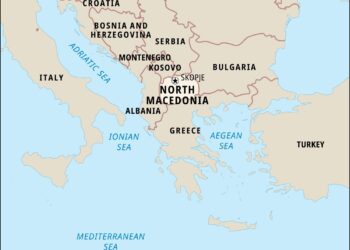
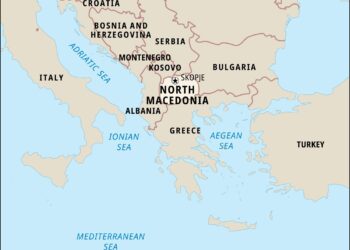







Trump is Emboldening Strongmen in Hungary and Slovakia – persuasion.community